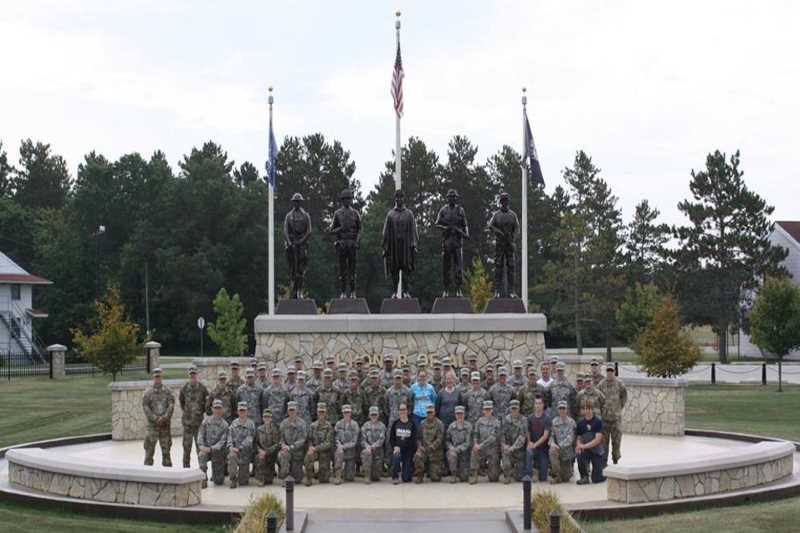Undergraduate program
Military Science
Undergrad minorThe ROTC program is not an academic major. Instead, ROTC courses — open to all undergraduates — are taken in conjunction with the regular academic subjects required for an undergraduate degree. Joining ROTC is simply a matter of registering for one of the military science classes.









